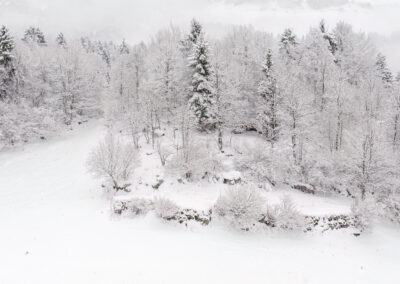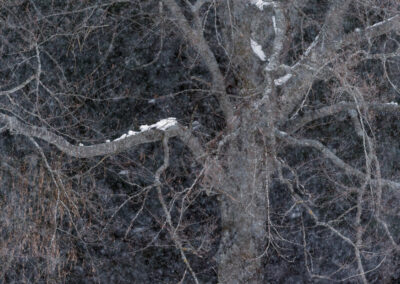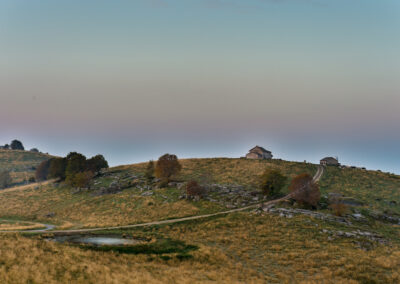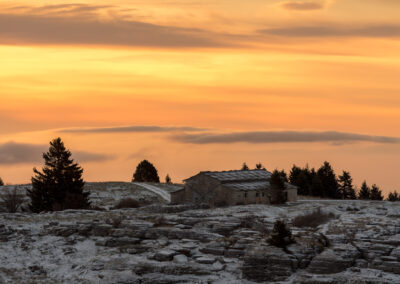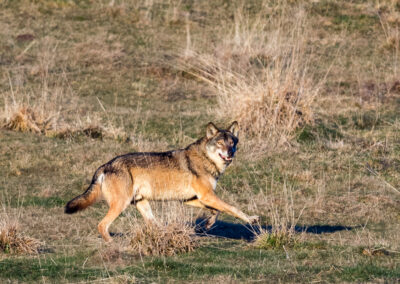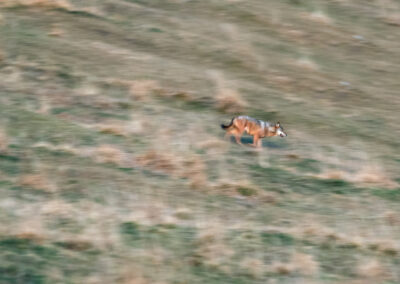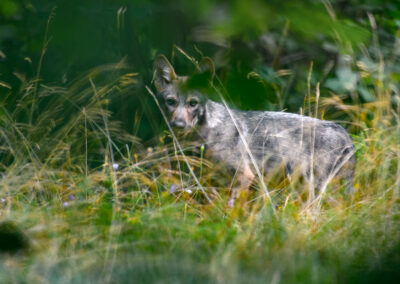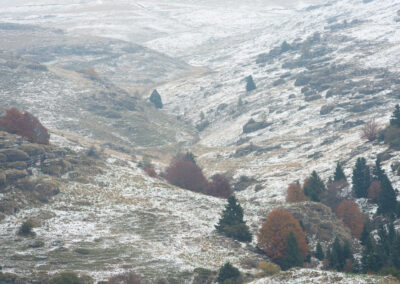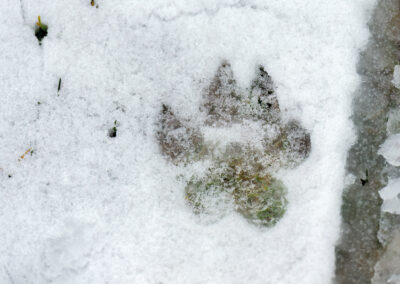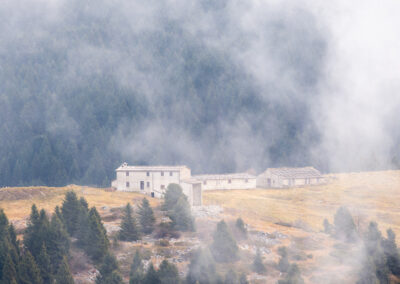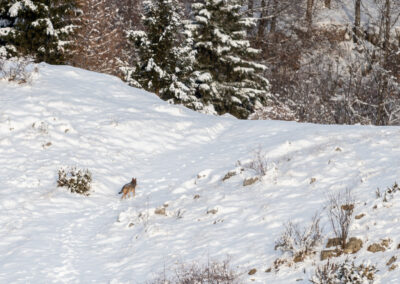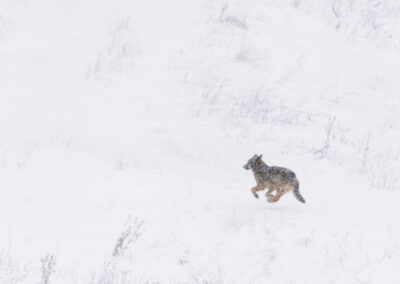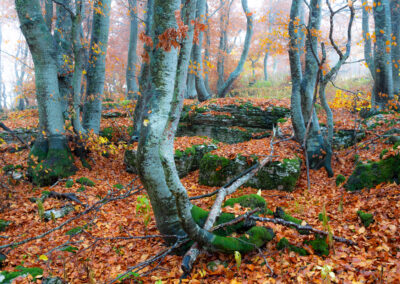Back to Stories
Forests of southern Slovenia, December 2011. The trees have lost their leaves, the air is becoming increasingly pungent. Among the trees that have lost their leaves, a young wolf sniffs the air, his restless eyes search the space, his senses tense at every rustle: it’s time to leave. His brothers and sisters have already done it recently or are about to do it. He is two years old and instinct tells him that he cannot spend another winter in the place where he was born. Thus he undertakes what in wolves is called the phenomenon of dispersion, the search for a new territory where he can settle and perhaps even find a mate, or a mate if it is a female wolf, with which to create a new family, a pack. Despite many risks, the young wolf begins his journey on 19 December 2011. The certainty of this date is guaranteed by the fact that the wolf comes from a pack monitored by biologists from the University of Ljubljana, who a few months earlier managed to apply a radio collar, an instrument capable of transmitting the position of the animal and its movements.
The wolf is centered with an anesthetic dart and put to sleep for a few hours, during which some measurements are taken, its age is established based on its teeth, its health conditions are ascertained, and an instrument is applied to it which, with GPS and radio transmitter, will capable of sending a georeferenced signal via text message every three hours. Since then the wolf has also had a name, Slavc, one of the most followed wolves in the Alps. The journey that Slavc will undertake a few months later is extraordinary in terms of length, duration and difficulties overcome.


